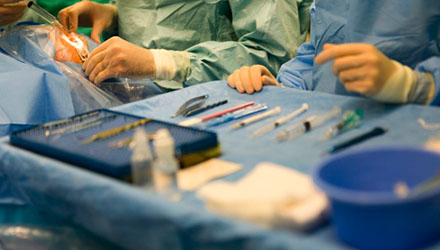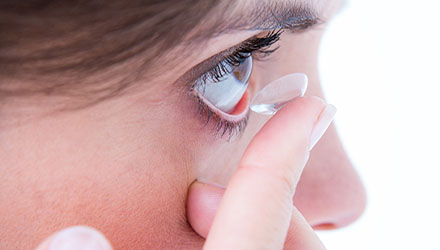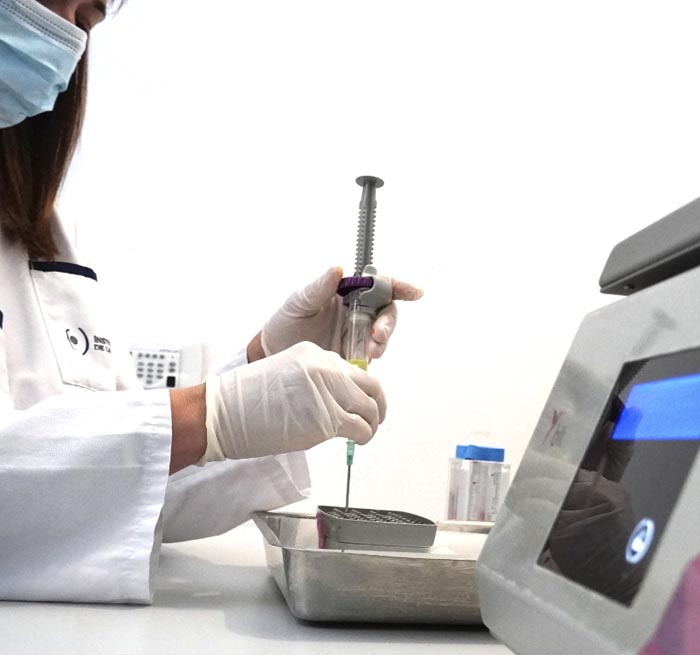Presbyopia, commonly known as farsightedness or age-related near vision loss, is the progressive loss of accommodation. This results in difficulty seeing nearby objects clearly. It affects all individuals starting around the age of 40–50. It is usually corrected with reading glasses or with progressive glasses or contact lenses.
Presbyopia is caused by the loss of elasticity in the crystalline lens. The crystalline lens is the eye’s natural lens, located between the cornea and the retina. It has the ability to accommodate—that is, to focus on objects depending on their distance. However, with age, it loses elasticity and focusing ability, which leads to presbyopia.





